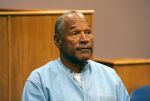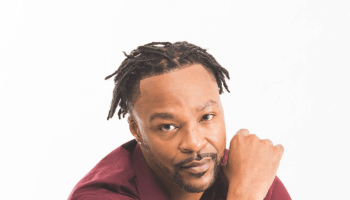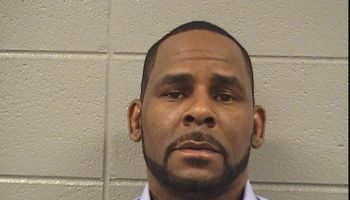For the past few weeks, there has been a build up of dreaded suspense, specifically around whether the grand jury in the Michael Brown case will indict the officer responsible for his death. When the unarmed 18-year-old was killed, there was justified outrage that led to a heightened militarization of the local police force and palpable rage from concerned citizens who felt that they had finally reached their breaking point. What lay beneath the incident and the subsequent fallout was a clear history of racial tensions and communities that felt disenfranchised across the country.
That narrative includes a theme that says that change is not possible through the electoral process, that voting won’t make a difference and that not voting is a form of protest. But all of these are falsehoods that lead our collective community to be powerless and weak —either in perception or truth.
In the case of Eric Garner (the 43-year old who died in a police chokehold for a non violent offense), the outrage is a sting felt before. Through the years, New Yorkers have seen similar situations —excessive force, police brutality and seemingly unjustified killings. In some of those cases, the community did not feel justice had been served. The officers got off and the families were left to mourn.
Over the course of the next few weeks, it is likely that the same scenario will play out again. In both the Eric Garner case and the Michael Brown case, communities are bracing for the very real possibility that the officers won’t face charges for their deaths. But how these two communities respond is the difference. In a fragile Ferguson, the local government is preparing the police force for protests, violence and riots. In New York, rallies are bring planned but violence is not anticipated and the public response is likely to be muted in comparison.
Beyond the immediate reaction that both the individual communities and many people will feel, we need to recognize that there is a chance for change.
While the world will be watching, we have the opportunity and obligation to call for greater scrutiny of police and community relations, both locally and federally. We can also call for a federal investigation of either case.
Michael Brown’s parents spent time this week in Geneva discussing the human rights issues in their son’s killing. We have seen, both through history and recent examples, how the march for justice is never a straight path. You will have wins, but will also have losses.
If we don’t see justice served in the way we want, we have every right to voice our grievances in protest. But we have to identify what we want the outcome to be. To protest without a goal will only land us in the same place. To allow our protests to turn violent mars the name of the victim. The world will judge how we handle whatever the outcomes will be. But we must have righteous rage, not riot rage, whatever the case may be.
SEE ALSO: Racial Achievement Gap Could Cost America 2.3 Trillion
********
Janaye Ingram is the Acting National Executive Director of National Action Network (NAN) and oversees NAN’s action agenda and legislative advocacy work under Founder and President, Rev. Al Sharpton. In this role, Ingram focuses on issues such as education, criminal justice, housing, technology, economic development and healthcare, among others.
Righteous Rage vs. Riot Rage was originally published on newsone.com
















